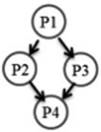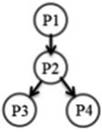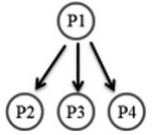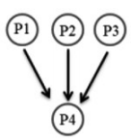WhatTV programs do you usually watch? How do you watch them? TV has always given usinformation, but how we watch it has changed a lot.
Theworld's first electronic black and white televisionwas invented ( 发明) by a21-year-old man named Philo Taylor Farnsworth in the USA in the 1920s. Backthen, TV sets were very expensive. As the price came down, more people boughtone. On June 25, 1951, CBS broadcast (播放) thevery first color TV program in the USA. Unluckily, it nearly went unwatchedbecause most people had only black and white televisions. From the late 1960s,more people began to have color TV sets.
Inthose days, programs were shown only at the exact (确切的) times. You had to be sureyou turned on the TV set at that time, or you missed your program.The VCR was invented in the 1950s, and became popular in the1970s and 1980s. Because of VCRs, people could enjoy their watchingexperience. People could record a show or movie on theirVCR, and then watch it whenever they had time. In the 1990s,people began watching films on DVDs. They werebetter than those on VCRs. By 1997, you could order a DVDfrom the Internet and it was sent to your house by post.
Now wecan download TV shows and films to our TV sets. We can even watch them on ourcomputers and phones. This technology keeps improving. Just think about how we'll be watchingin 100 years. Some people say that 3D TV is the future. Whatever it is, we'll bewatching!
 B .
B .  C .
C .  D .
D . 